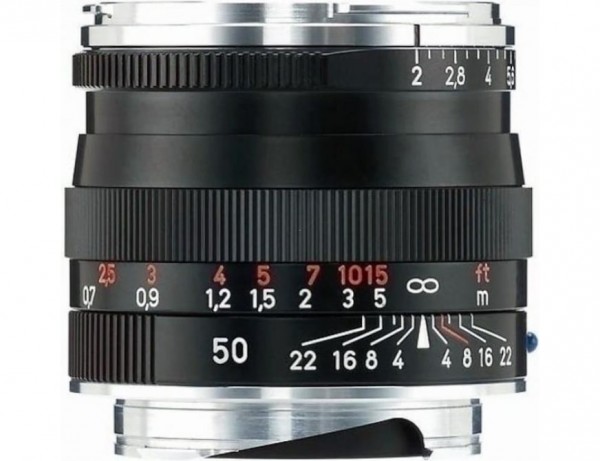Prices incl. VAT plus shipping costs
Delivery time approx. 5 working days
The article can be wrapped as gift. You can choose from various wrapping options.
Macro Planar Design
The Planar lens design is the most successful camera lens concept also the most copied of all time. It gives the optics computer numerous possibilities to correct all aberrations exceptionally extensively. And its imaging performance is very consistent over a wide range of imaging scales, the crucial prerequisite for universal macro lenses like the ZEISS Makro-Planar lens.
Uniform imaging performance over the entire image field
ZEISS lenses are famous for their exceptional image results. Even with demanding subjects, perspectives, color moods and lighting situations are optimally reproduced across the entire full-frame image field. For this reason, we place great emphasis on particularly high imaging performance such as low distortion and outstanding flare reduction for rich colors.
Excellent image quality
ZEISS T* lenses offer the highest possible level of performance, reliability and, of course, image quality. In other words, they are superior in every respect. For example, extremely advanced stray light reduction is at the ready, for razor-sharp and brilliant images. And the virtually non-existent geometric distortion ensures precisely accurate shape reproduction ? which is especially useful in product and architectural photography.
Floating Elements Design
Modern camera technologies and high-resolution digital image sensors demand ever more performance from lenses. The modern Floating Elements Design compensates for aberrations in ZEISS lenses at different distance settings. This is done by changing the axial distance of individual lenses or lens groups from each other. The adjustment of the lens distance is coupled to the distance setting, so that the correct correction is always obtained. The mechanical construction of these lenses is very complex and the processing must be particularly precise ? both of which are ZEISS's core disciplines.
Ideal aperture with nine blades
Photographers want to guide the viewer through the image. A shallow depth of field is often deliberately used as a design element. This deliberately keeps the background out of focus to reduce the viewer's distraction from the main subject. These different appearances of the out-of-focus areas as well as the quality of the transition are called the bokeh of a lens. The finely tuned properties of the optical design of ZEISS SLR lenses ensure a particularly harmonious effect of the out-of-focus areas of the image. The nine aperture blades and the resulting almost circular aperture of ZEISS SLR lenses are decisive for the pleasing reproduction of highlights in the foreground or background.
Sophisticated stray light reduction
Rich and vibrant colors are crucial for a lasting image impression. However, stray light within the lens would lead to brightening of the image, which is particularly visible in shadow areas. The image contrast is reduced and the image appears dull and washed out. To reduce the unwanted stray light, we combine various sophisticated techniques. For example, all lenses are coated with the famous ZEISS T*® anti-reflective coating. In addition, all lens edges are painstakingly hand-finished with a deep black special coating to prevent reflections from occurring in the first place.




